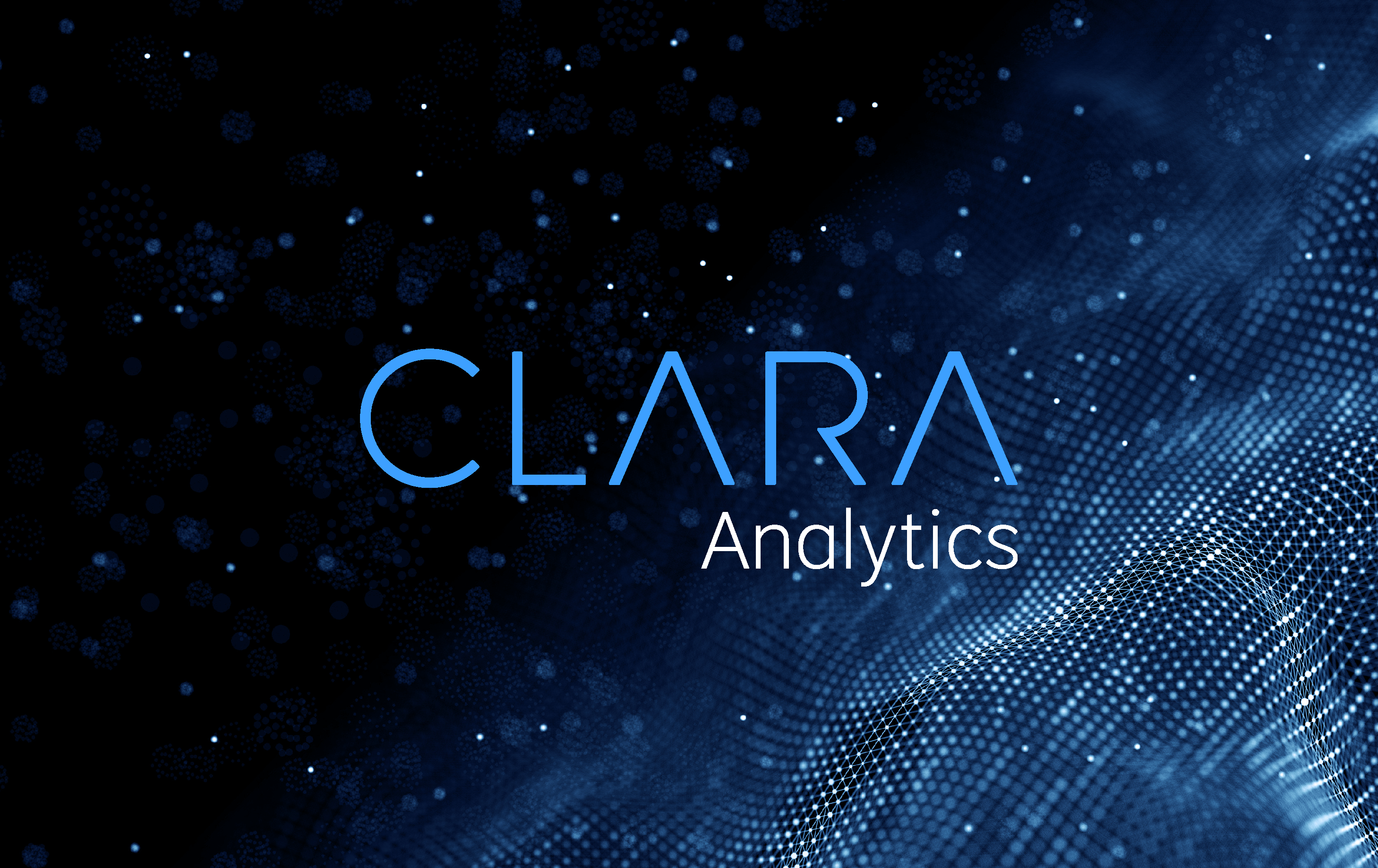How AI Can Stop Workers’ Comp Fraud
As first published in The CLM.
Wondering how AI can help detect medical provider scams? Wonder no more.
Artificial intelligence (AI) is redefining work in nearly every industry thanks to the increase in accuracy, efficiency and cost-effectiveness that AI-based applications offer. One of the latest industries to benefit is insurance, where applications are now being deployed to help detect and reduce provider fraud through advanced predictive tools. Claims payers identify fraudulent providers early in the life of a claim and root out bad actors while saving organizations millions of dollars.
The Fraud Problem
Fraud involves deliberately presenting false information to extract a benefit. The most common examples of provider fraud include “phantom billing” (billing for services not rendered), submitting bills for more services than are possible in a provider’s day, providing services unrelated to the injury, using unlicensed or non-credentialed individuals to provide medical services, getting paid kickbacks in exchange for sending patients to third parties and referring patients to entities (such as laboratories or testing facilities) in which the provider has an ownership interest.
While most providers do not engage in fraud, those that do are extremely costly. According to the National Insurance Crime Bureau (NICB), workers’ compensation medical fraud costs approximately $30 billion per year in the U.S. alone.
Fraudulent provider behavior is hard to detect and prove, particularly in workers’ compensation data systems. Advanced data analytics based on AI, however, offers opportunities to overcome the inherent weaknesses in these systems while developing methods to identify and curb provider fraud. Let’s take a look.
Fragmentation of Payers
One of the biggest issues in provider fraud is that no one organization has more than 5% of workers’ compensation market share, so none can see the entire picture of a provider’s claims. This can cause a whole host of issues. For example, if one company has identified a fraudulent provider, other companies may not have this information and continue payments. In states where fraud information is publicly available, providers simply begin practicing in other states, avoiding the state that sanctioned them.
Using AI tools, however, organizations can tap into multipayer pools of aggregate information to spot fraudulent patterns quickly and reliably without compromising payer, employer and employee information. It also makes it easier to flag and curb behavior across a multipayer database.
Inaccurate Provider Identification
The constantly changing complexity of provider identification is another major challenge. Data is often tied to names. Fraudulent providers know this system weakness and frequently change their organization names and addresses as well as other identifiers.
Using AI, data scientists can now reliably link multiple bills from the same provider using a National Provider Identifier (NPI) developed by the Centers for Medicare and Medicaid Services (CMS). Almost all providers have an NPI, and some have more than one. When supplemented with taxpayer identification (FEIN) numbers and license numbers, NPIs can reliably identify 95% of medical providers. As a result, machines can overcome the name game, detecting the long-term, multiyear activities of almost all providers and provider organizations.
Long Lag Times
The interval between when an instance of fraud occurs and when it is detected is often several years. For example, a provider may submit a bill on day one for services unrelated to the injury; the bill will be submitted for review 30 days later and will likely be paid in another 30 days. This practice will be repeated dozens of times by the same provider on the same patient over the course of months. If fraud is detected, the provider will have already been paid, and financial recovery is difficult.
To combat this problem, AI can detect the entire course of treatment on the same claim from the first through subsequent billings over multiple years. Software tracks the diagnoses and the number of procedure codes billed by the same provider on the same claim — per day, per month and per year. As a result, claims staff receive real- time alerts and can intervene when a fraudulent provider initiates treatment on a claim.
Complex Provider Supply Chains
The entire fraud supply chain often includes attorneys, medical providers, outpatient and inpatient facilities, interpreters, testing facilities, medical device suppliers, pharmacies, copy services and transportation services. Unless data sets capture all or most of these moving parts, the chance of detecting fraudulent patterns is very difficult.
With AI, it’s getting a lot easier. Data scientists can use aggregated data to track sequences of out-referral and in-referral, exposing links between fraudulent individuals and entities. Sophisticated techniques isolate consistent and repeatable patterns of relationships between multiple providers and third parties. Data scientists then can graphically display suspicious network clustering patterns inherent in fraud networks.
And these are just a few examples of how AI tools can greatly increase the detection of fraud.
Defining the Future of Claims
AI differs from more traditional research approaches because it can generate its own rules to detect fraud and look across large data sets nearly instantly. Via machine learning, databases are continually refreshed, becoming smarter and more effective all the time. By incorporating AI-based solutions, insurance payers can defeat fraud at a systemic level and realize significant financial benefits in return.
About the Author
Gregory Johnson, Ph.D., senior advisor at CLARA Analytics, has 30 years’ experience in healthcare and insurance. Johnson was previously a partner at Ernst & Young and PricewaterhouseCoopers as well as director of medical analytics at the California Workers’ Compensation Insurance Rating Bureau.




